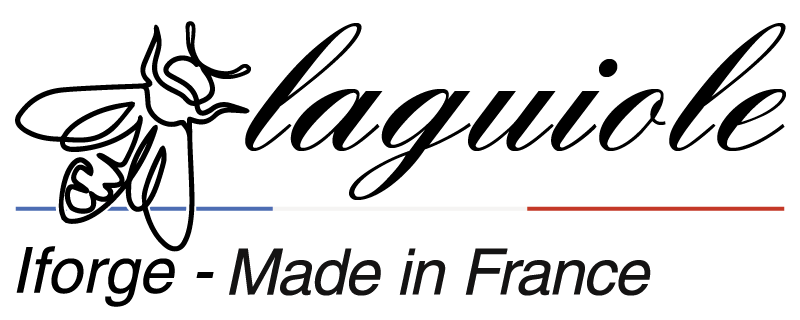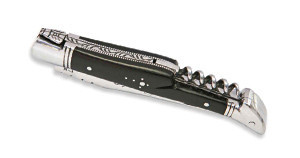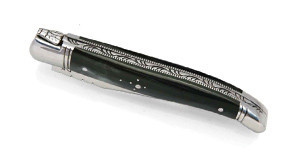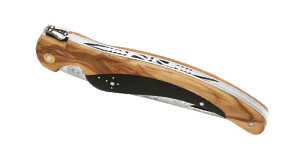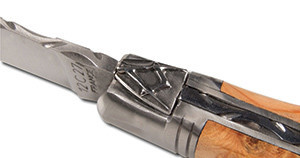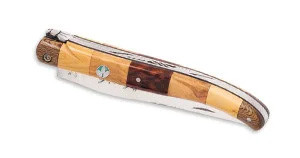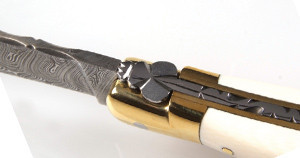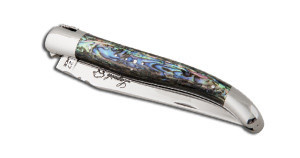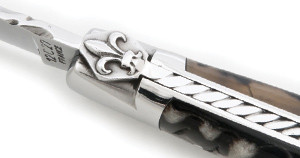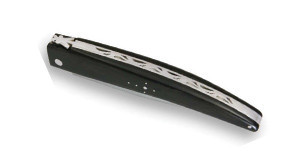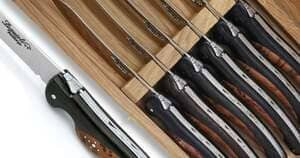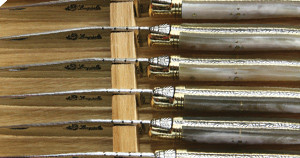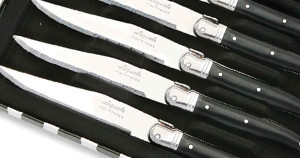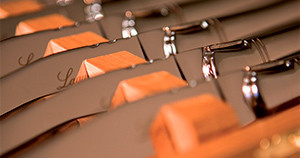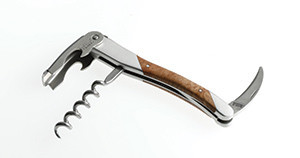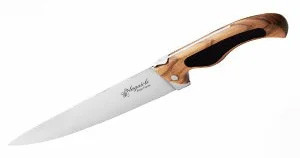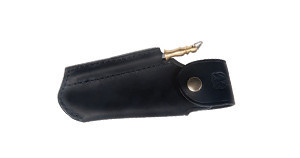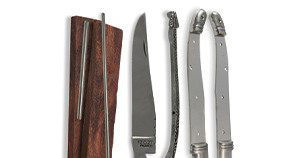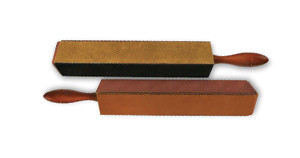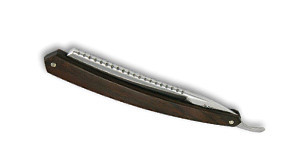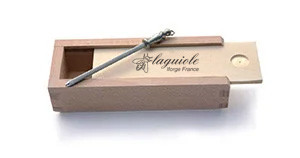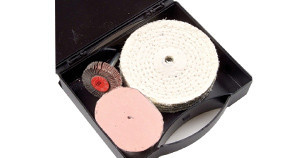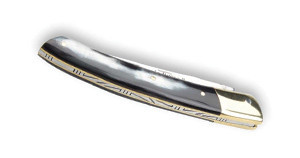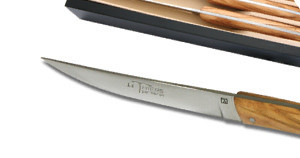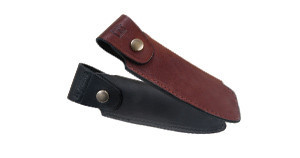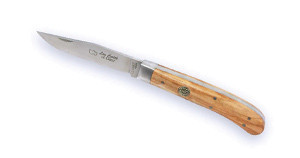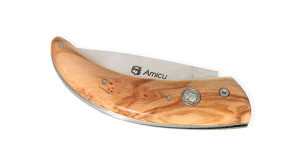Shepherd's cross handle
The Club collects information from all amateurs of knife-makingIf you want to speak about something important for you, don't hesitate contact us.
.png)
There are many legends told about the history of the famous laguiole knife. Some explain why some handles were carved out of olive wood, others explain with more or less creative license the origins of the chosen names, and yet other legends talk about the birth of the fly or soldered bee…
At Club laguiole, we enjoy discussing history and traditions, but when it comes to cutlery folklore, we like to get to the bottom of things.
If Scheherazade told stories for One Thousand and One nights, Club laguiole knows stories about One Thousand and One Blades. Each of the articles written by our experts club unveils a facet of the famous bee-adorned knife’s history.
Smithies also possess their secrets and only a handful of passionate descendants of the Thiers cutlery-making tradition hold the keys to those…
In this Club laguiole article, learn more about the origins of the famous Shepherd’s Cross which can be found on some knives. Element of faith, or mere decoration ? Find out the truth about this legend !
The Shepherd’s Cross : myth and truth.
It is a traditional handle decoration. Although some have seen in it a mystical dimension, it turns out to be a mere decoration, no more, no less, an aesthetic handle ornament.
Other storytellers like to say that the shepherd’s cross is a symbol which has been used since times immemorial. Such stories are easily disproved by looking at early knives, folding or others – laguiole or others : no sign of a cross punched into the handle.
According to a particularly long-lasting legend, there is a certain number of pins on the side of the handle, in order to depict a christian cross. Said cross would have enabled shepherds old, isolated in remote mountains to have their own crosses to pray to. A sort of miniature altar created by planting their knives into the ground or into a loaf of bread. The vertical knife then figures an upright cross. A legend made all the more appealing by the fact that the name of the village ‘laguiole’ comes from La Gleisola which means ‘small church’ in occitan – not much more is needed to give birth to a story !
The line between legends and tradition is not always clear-cut and the laguiole knives with Shepherds Crosses are a good illustration of this ambiguity.
Indeed, we are not saying that shepherds did not follow the ritual while herding cattle across the Aubrac plateaux. Such a taxing journey, taking place over several days of walking, definitely took its toll on men and cattle and faith was a welcome refuge. Therefore, this makeshift divine symbol provided a form of celestial support in difficult times.
Legend has it that Auvergne shepherds planted their knives in the ground to pray, but a closer look at older laguiole knives shows that each manufacturer had their own idea to embellish their knives. Decorations such as lozenges, hearts and circles can be found. Facts trump legends – but feel free to start your own legend !

Other punching patterns.
The shepherd’s cross pattern is also known as punching.
This technique consists in punching small holes in the plates, then insert a thin brass thread inside. Once completed, only small brass dots are visible, for striking results !
This skilled technique has been used to design crosses, lozenges, stars or other geometric shapes. It can be found at the centre of the handle or all along the plates. It has been used on different types of handles, from ivory to horn, and including olive wood, of course.
Some such ornaments gave birth much later to knives with prominent rosettes, such as the basque Yatagan. This unusual looking knife features 10 rosettes (similar to nails), and it is not for aesthetic purposes. Indeed, these particular inserts have a definite purpose.
In fact, this knife was use in tobacco fields a long time agio. There, the workers were tasked with cutting damaged and dirty leaves at the base of the stalk, as well as cutting its top off. Such maintenance work was problematic since as soon as the stalk was cut, its sap covered the knife’s handle in sticky layers, hampering their work. Luckily, some sharp-minded cutlery makers tackled this problem and gave the handles 10 rosettes on each side to prevent sticky situations! And this is how design and skills can be used to help your customers! Even though today tobacco fields are no longer maintained by hand, the Yatagan has kept its beautiful rosettes, even if they are not quite as thick anymore!
And now, just like the Kings of Orient, if you need to follow the Shepherd’s cross, at least you know the truth behind the myths !

